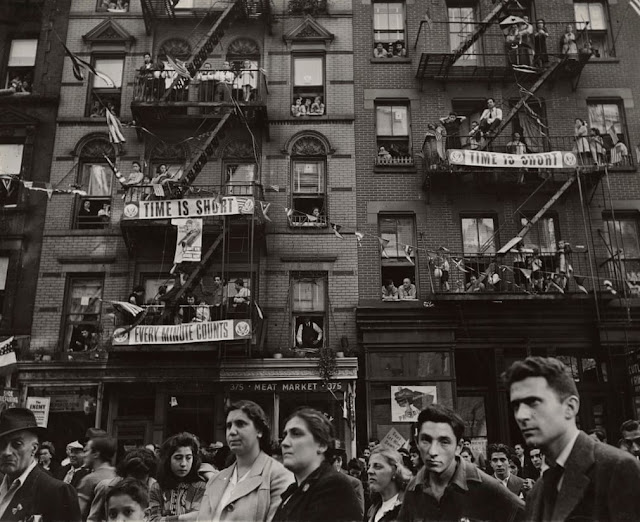 |
| The Ham n Egg on Broadway, 1953/4 Photo: Weegee/International Center of Photography |
 |
| Car and truck collision in Brooklyn’s Stuyvesant Avenue, 1947 Photo: Weegee/International Center of Photography |
 |
| Water main burst uproots Madison Avenue, May 1945 Photo: Weegee/International Center of Photography |
Source: The best of Weegee's New York street photography – in pictures






Comments